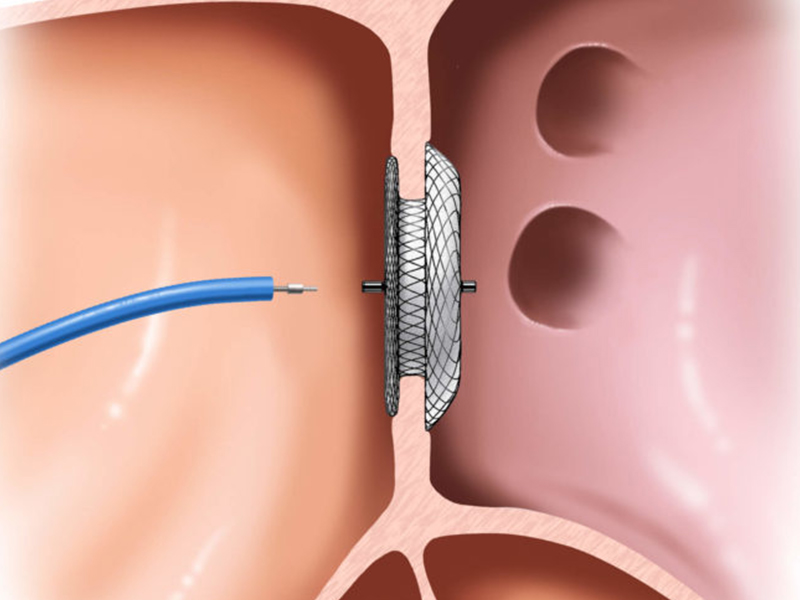


ASD, VSD and PDA are birth defects and usually present in children, but can be first time detected in adult also.
ASD (Atrial Septal Defect): A hole in the septum (wall) between the heart’s two upper chambers is called ASD.
VSD (Ventricular Septal Defect): A hole in the septum (wall) between the heart’s two lower chambers is called VSD.
PDA (Patent Ductus Arteriosus): Abnormal connection between two major arteries of the heart named Aorta and Pulmonary artery is called PDA.
All these defects allow blood to pass from the left side of the heart to the right side, which is abnormal and increase load on the heart.
To correct such defects, surgery was the usual method. But now thanks to medical advances, cardiologists can use catheter procedures to close such defects without major open-heart surgery. This procedure is called device closure of the defect. In this procedure, a catheter (tube) is inserted from your groin and advanced to your heart. Then it is passed across the defect. The catheter is equipped with an umbrella-like device, which is dislodged across the defect. This special device remained opened in the defect and by this way, it plugs the defect. Over the time, the defect gets closed permanently
Cardiologists often use special echocardiography called Trans-esophageal echo (TEE) and angiography before doing this procedure to close the defect